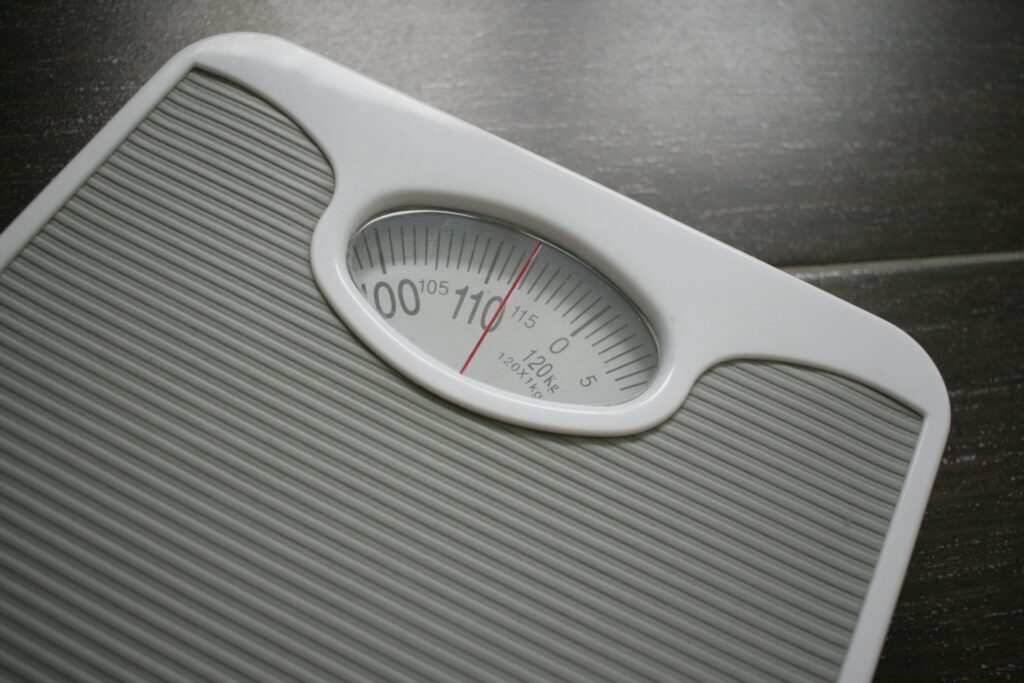Now Reading: Essential Safety Standards Every Heat Trace Professional Should Know
-
01
Essential Safety Standards Every Heat Trace Professional Should Know
Essential Safety Standards Every Heat Trace Professional Should Know

Electrical heat tracing systems protect critical infrastructure across industries—from preventing pipeline freezes in oil refineries to maintaining process temperatures in chemical plants.
Yet the complexity of safety regulations and certification requirements can overwhelm even experienced professionals. Understanding proper certifications and safety standards isn’t just about regulatory compliance.
These frameworks ensure your heat trace installations operate reliably while protecting personnel and equipment from electrical hazards, fire risks, and system failures.
This comprehensive overview examines the key certification bodies, essential safety standards, and practical compliance strategies that every heat tracing professional needs to navigate successfully.
Understanding Heat Trace Certification Bodies
Multiple organizations establish and enforce safety standards for electrical heat tracing systems. Each serves distinct roles in ensuring product safety and installation compliance.
CSA Group Standards
CSA Group leads North American certification for heat tracing products. Their rigorous testing protocols evaluate:
- Electrical safety performance under various operating conditions
- Temperature resistance and thermal cycling capabilities
- Mechanical durability and environmental protection ratings
- Chemical compatibility with process fluids and installation materials
CSA approvals provide manufacturers with recognized third-party validation that products meet strict safety requirements. For installers, these certifications offer confidence in product reliability and regulatory acceptance.
International Electrotechnical Commission (IEC)
The IEC develops global standards that many national certification bodies adopt or reference. Key IEC standards for heat tracing include:
- IEC 60079: Equipment for explosive atmospheres
- IEC 60335: Safety requirements for electrical appliances
- IEC 62395: Electrical resistance trace heating systems for industrial applications
Understanding IEC frameworks helps professionals work across international markets and ensures consistency in safety approaches.
Underwriters Laboratories (UL)
UL certification focuses on fire safety and electrical hazard prevention. Their standards address:
- Insulation integrity and electrical isolation
- Ground fault protection requirements
- Temperature limitation and overheating prevention
- Installation and maintenance guidelines
UL-listed heat tracing products undergo extensive testing to verify they won’t create fire hazards or electrical dangers during normal operation or foreseeable fault conditions.
Core Safety Standards for Heat Tracing Systems
Professional heat tracing installations must comply with multiple overlapping safety standards. These requirements address different aspects of system design, installation, and operation.
Electrical Safety Requirements
Electrical codes form the foundation of heat tracing safety. Key requirements include:
Ground Fault Protection
- All circuits must include ground fault circuit interrupters (GFCI) or equipment protection devices
- Maximum ground fault trip levels typically range from 5 to 30 milliamps, depending on the application
- Regular testing ensures continued protection effectiveness
Circuit Protection
- Overcurrent protection sized according to heat tracing load calculations
- Branch circuit ratings must accommodate starting currents and thermal cycling
- Coordination between protective devices prevents nuisance tripping
Wiring Methods
- Proper conductor sizing based on ambient temperature corrections
- Approved cable types for specific environmental conditions
- Separation requirements from other electrical systems
Hazardous Area Classifications
Many heat tracing applications occur in potentially explosive environments. Classification systems define appropriate equipment and installation practices:
Class I Locations (Flammable Gases/Vapors)
- Division 1: Hazardous materials present under normal conditions
- Division 2: Hazardous materials present only under abnormal conditions
Zone Classifications (IEC System)
- Zone 0: Explosive atmosphere present continuously
- Zone 1: Explosive atmosphere likely during normal operation
- Zone 2: Explosive atmosphere unlikely during normal operation
Each classification requires specific equipment certifications and installation techniques to prevent ignition sources.
Temperature Control and Monitoring
Effective temperature management prevents overheating while maintaining required process temperatures:
Temperature Controllers
- Digital controllers with precise set-point control
- Multiple sensor inputs for comprehensive monitoring
- Alarm functions for high/low temperature conditions
Thermal Insulation Requirements
- Minimum insulation thickness calculations
- Vapor barrier installation to prevent moisture infiltration
- Insulation material compatibility with maximum temperatures
Installation Standards and Best Practices
Proper installation practices ensure heat tracing systems perform safely throughout their service life. Industry standards provide detailed guidance for common installation challenges.
Mechanical Installation Requirements
Attachment Methods
- Aluminum tape for most general applications
- Cable ties for temporary installations or maintenance access
- Specialized clips for high-vibration environments
Spacing and Routing
- Maintain manufacturer-specified spacing between parallel runs
- Avoid sharp bends that could damage heating cables
- Provide drip loops at low points to prevent water accumulation
Penetration Sealing
- Fire-rated sealants for wall and floor penetrations
- Explosion-proof fittings in hazardous areas
- Environmental protection against moisture and chemical exposure
Electrical Connection Standards
Connection quality directly impacts system reliability and safety. Standard practices include:
Splice and Termination Techniques
- Factory-prepared connection kits for critical applications
- Field-installable connectors for maintenance flexibility
- Heat-shrink sealing for environmental protection
Circuit Documentation
- As-built drawings showing actual installation routing
- Circuit schedules with load calculations and protective device settings
- Maintenance records for ongoing compliance verification
Testing and Commissioning Protocols
Comprehensive testing validates installation quality before system energization:
Insulation Resistance Testing
- Minimum megohm values specified by manufacturers
- Testing at multiple voltage levels to verify insulation integrity
- Documentation requirements for acceptance testing
Continuity and Circuit Verification
- End-to-end continuity measurements
- Ground fault circuit functionality testing
- Temperature controller calibration and alarm testing
Maintenance and Inspection Requirements
Regular maintenance programs ensure continued compliance with safety standards while maximizing system reliability.
Periodic Testing Schedules
Annual Inspections
- Visual examination of exposed components
- Insulation resistance re-testing
- Ground fault protection device testing
Monthly Checks
- Temperature controller operation verification
- Alarm system functionality testing
- Physical damage assessment and repair
Documentation and Record Keeping
Maintenance records demonstrate ongoing compliance and support troubleshooting efforts:
Required Documentation
- Installation certificates and test reports
- Maintenance logs with inspection dates and findings
- Repair records, including parts replaced and procedures followed
Compliance Tracking
- Certification expiration dates and renewal schedules
- Standard updates and revision notifications
- Training records for maintenance personnel
Common Compliance Challenges and Solutions
Even experienced professionals encounter obstacles when navigating complex certification and safety requirements. Understanding common challenges helps avoid costly mistakes.
Retrofitting Existing Systems
Upgrading older heat tracing installations presents unique compliance challenges:
Code Updates
- Current standards may require additional protection devices
- Existing wiring methods might not meet updated requirements
- Documentation gaps complicate compliance verification
Practical Solutions
- Phased upgrade approaches to minimize operational disruptions
- Grandfathering provisions for existing compliant installations
- Professional engineering assessments for alternative compliance methods
Multi-Jurisdictional Projects
Projects spanning different regulatory jurisdictions must satisfy varying requirements:
Coordination Strategies
- Early identification of applicable standards in each jurisdiction
- Professional engineering review for conflicting requirements
- Documentation packages tailored to specific regulatory bodies
Emerging Technology Integration
New heat tracing technologies may lack established certification paths:
Risk Management Approaches
- Pilot testing programs with a limited scope
- Professional engineering evaluations for novel applications
- Collaboration with certification bodies on standard development
Building Your Compliance Strategy
Successful compliance requires systematic planning and ongoing attention to regulatory developments.
Team Development
Training Programs
- Regular updates on standard revisions and new requirements
- Hands-on workshops for installation techniques
- Certification maintenance for key personnel
Resource Allocation
- Dedicated compliance personnel for large organizations
- External consulting support for specialized applications
- Investment in testing equipment and documentation systems
Technology Integration
Modern tools streamline compliance management:
Digital Documentation Systems
- Cloud-based storage for easy access and backup
- Automated reminder systems for inspection schedules
- Integration with maintenance management systems
Advanced Testing Equipment
- Digital multimeters with data logging capabilities
- Thermal imaging cameras for non-invasive inspections
- Ground fault testing devices with automated reporting
Safety standards and certifications form the backbone of professional heat tracing practice.
While the regulatory landscape continues evolving, fundamental principles remain consistent: protect people, preserve equipment, and maintain operational reliability.
Success requires more than simply meeting minimum requirements. Leading organizations view compliance as an opportunity to demonstrate professional competence and build customer confidence.
They invest in training, embrace new technologies, and participate actively in industry standard development.
The complexity of modern heat tracing applications demands expertise across multiple disciplines—electrical engineering, mechanical systems, process control, and regulatory compliance.
By understanding these interconnected requirements and building systematic approaches to address them, professionals can deliver safe, reliable solutions that serve their clients’ needs for years to come.



























